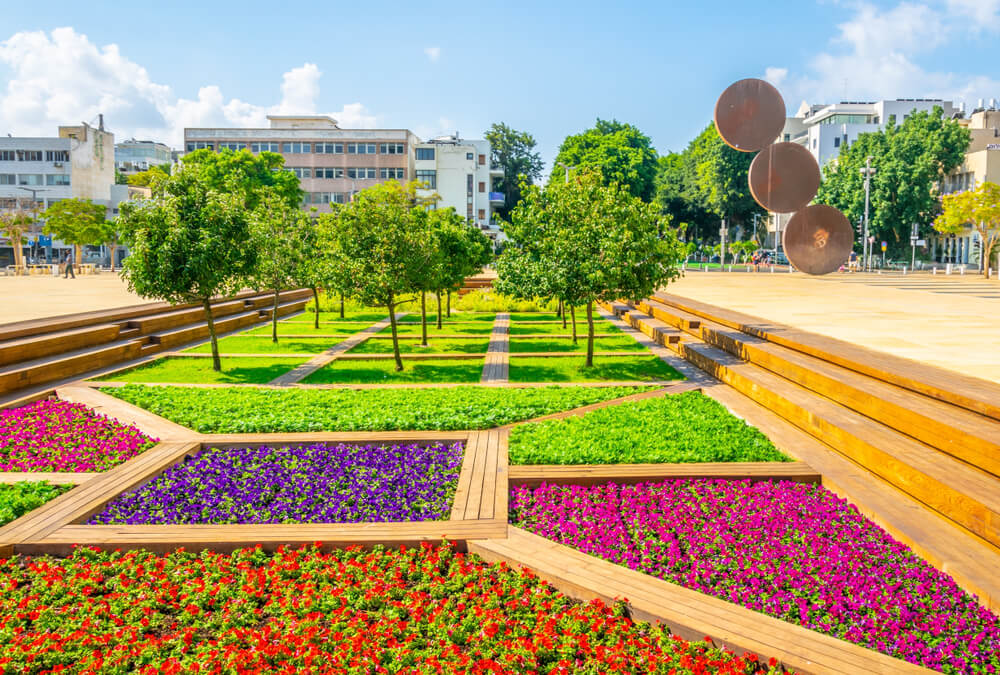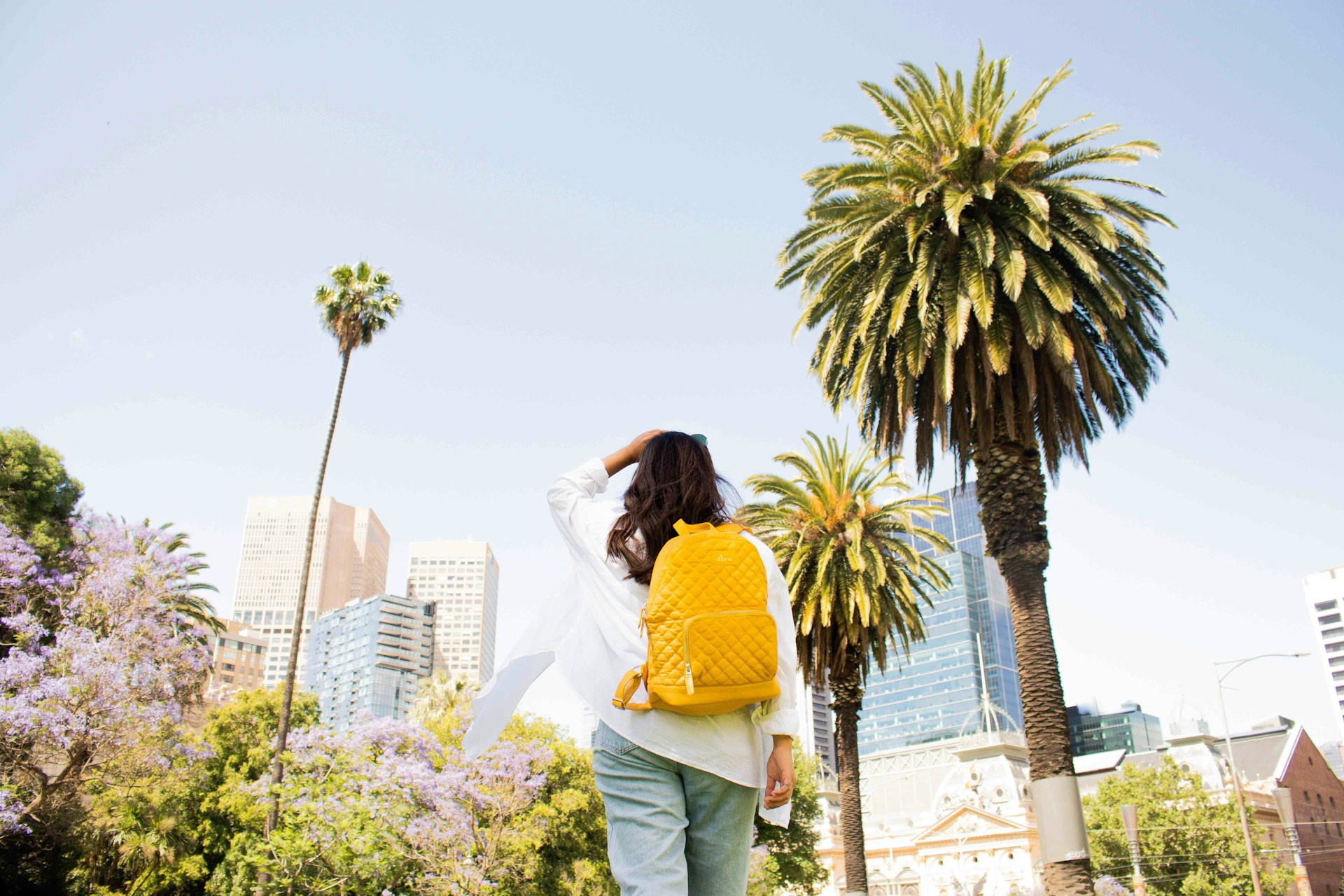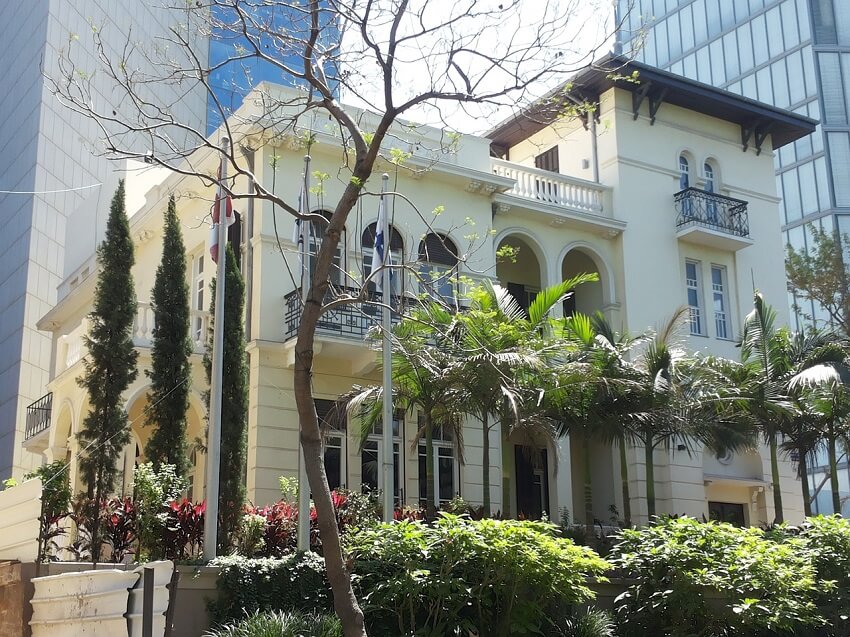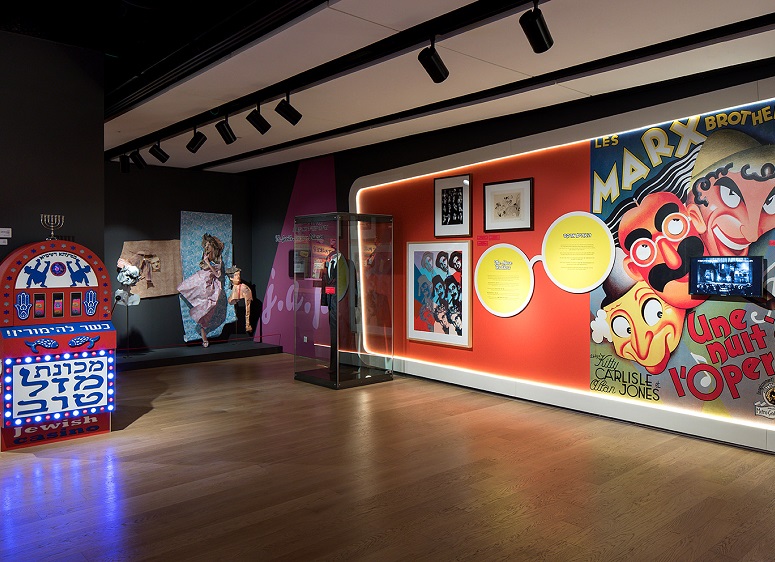Drinking in Israel: The Best Pubs in Every City
Coming to Israel and looking for places to grab a drink and a bite whilst you’re enjoying your holiday? Well, you won’t have a problem finding watering holes because all across the country, you’ll find all kinds of bars, pubs, and nightclubs in which to enjoy yourself.Indeed, whilst located in the Middle East, Israel has a pretty relaxed attitude towards drinking and, like many other Mediterranean countries, alcohol is considered a very normal part of socializing. Many cafes and bars stay open until very late (or until the last customer leaves); in Tel Aviv (the ‘Non-Stop City’) there has been an explosion of neighborhood cafes and cocktail bars, many of which are crowded until the wee small hours.What’s the Drinking Age in Israel?The legal drinking age in Israel is 18 although establishments might not let in someone under the age of 23-25. You may be asked for proof of age so it’s a good idea to have some kind of ID on you, especially if you're going to a nightclub.The local crowd is super friendly!Also, bear in mind that it’s illegal to drink alcohol in public places between the hours of 11 pm-7 am. This means that if the police catch you sitting on the beach with a bottle of beer, technically they can force you to pour it away!What are Local Israeli Beers Like?If you’re a beer drinker, chances are you might be interested in trying a local offering whilst in Israel and there are a few to choose from, including Goldstar, Maccabee, Taibe, and Nesher.Goldstar Beer on tap (Image Source: Koriela CC BY-SA 3.0)The most iconic and popular of these is Goldstar, a dark lager that comes in at 4.9% alcohol and takes the lion’s share of the market. Maccabee - a classic German-style Pilsner - is another popular lager. Taibe is a Palestinian beer that you’ll find in many Tel Aviv bars and Nesher (which means ‘eagle’ in Hebrew) is famous for its non-alcoholic beer, which tastes rather like American root beer.Boutique Wineries in IsraelAnd for those who aren’t so into beer, In the last couple of decades, Israel’s wine industry has exploded and today, all over the country, from the Jerusalem hills to the Galilee and the Golan Heights you can find fantastic Israeli boutique vineyards, where you can visit for tastings and cheese & wine events.Wine in IsraelAnd notwithstanding that Israel has the perfect climate and good soil for this kind of venture, in the Hebrew Bible grapes are one of the ‘seven species’ and wine is something used routinely by orthodox Jews when making sabbath blessings.Cocktail Bars in IsraelCocktail bars are all the rage now in Israel and whether you’re a traditionalist looking for a stiff martini or Old Fashioned, or ready to let the mixologist in front of you whisk up some astonishing creations, the choice is yours. Warning - alcohol isn’t cheap in Israel and cocktails can really burn through your wallet, so if you’re looking to drink without breaking the bank, show up at Happy Hour.Local cocktails are masterfully crafted, and just great!Many Tel Aviv cocktail bars are also amusingly themed - Spicehaus on Dizengoff Street serves their creations in thermos flasks and the waiters wear white lab coats and Double Standard (up the road) serves their Bloody Marys in IV bags! Bellboy on Rothschild Boulevard has a classic 1920s Speakeasy vibe and the Imperial’s bar is stylish to a fault (our tip: Order their ‘Bullet to the Head’)What about Israeli tap water? Can I drink it?You’ll be pleased to know that tap water in Israel is perfectly safe to drink and - even better - all over the country you’ll see public water fountains where you can refill your bottle (and by the way, this is something you really should do, especially in the summer when it’s easy to dehydrate very quickly).Of course, if you’re hankering after mineral water, both still and sparkling varieties are widely available in every small store and supermarket and on restaurant and bar menus.So, where should you go to enjoy yourself? Below, here are some of our suggestions for places to quench your thirst in Israel’s four most visited cities…The Best Pubs in Tel AvivTel Aviv is the nightlife mecca of Israel and the best place for some bar hopping: The atmosphere is very open and locals will gladly talk to a friendly tourist. Note that the music tends to get loud on the weekend, and popular places are understandably crowded.Drink together, then go party!The trick is to go out on weekdays: Mondays are usually the most relaxed day. You can also try arriving early, around 21:00, and grab a seat at the bar - talk to the bartender, and get a feel of the place. Don't be surprised if you'll leave the pub with a group of friends, and have an adventure in Tel Aviv!Molly BloomsGuinness on tap, shepherd’s pie and fish & chips, live music and football screenings make this Irish pub a ‘go to’ hangout in Tel Aviv and St, Patrick’s Day is a regular riot.Molly Blooms, Mendeli 82, Tel: 055 886-0188MinzarAn institution with locals, the Minzar (‘Monastery’ in Hebrew) has a great beer selection at competitive prices and a cool, laid-back, and very unpretentious vibe.Minzar, Allenby 60, Tel: 03 517-3015Lily Rose cold beer, tasty pizza (they bring it from the Italian joint across the street!), and good vibes make this neighborhood pub a great place to make new friends.Lily Rose, Shlomo Ibn Givrol 148, Tel: 050 373-2263Mike’s PlaceFamous in Tel Aviv for its atmosphere, live music, and international clientele, Mike's Place is a fantastic spot to watch sports (from European soccer to American football), order fries, nachos, onion rings, and burgers, then swig down a few beers.Mike’s Place, Herbert Samuel 90, Tel: 03 510-6392The Best Pubs in JerusalemThe Jerusalem nightlife has special energies you don't find in Tel Aviv: people are open for conversations, and you'll find lots of people from other countries.Easy-going, fun atmosphereJerusalem offers a more classic atmosphere with its ancient stone walls and tight alleyways - and many people say that the food is much better at Jerusalem pubs. Here are the best pubs in Jerusalem - just go out and try one!Beer BazaarOffering the biggest selection of craft beer in Israel, Beer Bazaar serves bottles and draft microbrews and boasts super friendly staff. (Fun fact: they even serve gluten-free ale!) Wash your drink down with some hotdog and soak up the vibes in Mahane Yehuda Market, an ultra-cool Jerusalem location.Beer Bazaar Etz Hayim 3, Mahane Yehuda Market, Tel: 058 784-1626The BarrelFriendly staff and a great atmosphere beer make this place popular both with tourists and locals. Order a burger and sweet potato fries with your beer and you’ll quickly feel like you're in heaven. And open until 4 am, you can make a night of it…The Barrel, Hillel 13, Tel: 054-227-5321HatchFamed for its buffalo wings and corned beef sandwiches, Hatch has a smaller selection of beers than Beer Bazaar but it’s solid, and the informed staff make it a great place to spend an evening. A tried and tested Jerusalem favorite.Hatch, Ha Egoz 26-28, Mahane Yehuda Market, Tel: 058 626-2017GenerationOpen on Shabbat (which is a big deal in a city where most things are shut), this Haifa bar has a warm atmosphere, inexpensive drinks (as well as a Happy Hour), and karaoke evenings. (Fun fact: it’s popular with Russians, and even more so since it changed its name from ‘Putin).Hatch, Ha Egoz 26-28, Mahane Yehuda Market, Tel: 058 626-2017The Best Pubs in HaifaThere's something about Port Cities that creates a certain vibe, more relaxed and inviting; Maybe it's the centuries of trading with strangers that makes locals easier to approach - maybe something in the salty air.A pub party, open for all!Haifa is no different: this is the most laid-back city in Israel, and drinking here is a great experience for visitors who want to have fun without running wild. Visit one of these pubs, and you'll see for yourself.IzaInformal and fun, this place serves cheap food plus plenty of beer and liquor,r and the music - 90’s rock and pop - will take you back! Get there early to avoid waiting for a seat.Iza, Moshe Aharon 1, Tel: 058 746-0202After DarkGood vibes and a decent selection of boutique beers make this pub a good choice for a night out, even though it can get noisy and crowded. If you like 80’s rock, you’re in for a treat.After Dark, Derech Jaffa 30, Tel: 053 521-6076LibiraSituated in old Haifa, close to the port, this pub has been around forever but is always good fun,n and their beer offerings are well-priced and local. Open late and they offer a sharing menu too (since they aren’t kosher, you’re in luck if you like pork sausages).Libira, Ha Namal 26, Tel: 04 374-0251The DukeThis is one of the most famous pubs in Haifa and with good reason. The bar is stocked with both local and imported beers, the decor is stylish, the food is consistently good and the volume of the music is such that you can enjoy it and have a conversation too!The Duke, Moriah 107, Tel: 04 834-7282The Best Pubs in EilatEilat is all about youth, quick getaways, and parties - and its pub scene won't disappoint travelers looking for a good time: The parties go on and on, the music scares the fish, and the crowd is usually younger - especially during Summer. Friends drinking near the beachIf you'll party all night long, you can see visitors heading to the border station, on their way to take tours in Petra, the famous Lost City. Here are the best spots in Eilat:Paddy’sClose to the beach and open on Shabbat, Paddy’s is a great place for both beer and tequila, and they serve fantastic steaks, salads,s and wings. Football fans will love the big screens and there are snooker tables upstairs.Paddy’s, Yotam 1, Te: 08 637-0921 The Three MonkeysClose to the Royal Beach Hotel, this pub has a diverse beer menu, plenty of live music,c and a mixed clientele. A bit noisy but you can always escape to the patio area!The Three Monkeys, Pa’amei ha Shalom 23, Tel: 08 636-8989The BreweryThis place is aptly named - they brew their beer (they offer samples before you order) and are perpetually adding new additions to the menu. The food comes highly recommended, including calamari for seafood lovers and the Beyond Burger for the veggies.The Brewery, Ha Orgim 2, Tel: 08 935-0550Drinkin’ BarWith good music and offering a wide variety of beers, cocktails, and chasers at cheap prices, this is a good place to head if you’re on a budget, and it’s a slap bang in the center of Eila if you want to head on to a nightclub.Drinkin’ Bar, Yotam 1, Tel: 054 255-5949The Morning After Hangover In IsraelIsrael does not support hangovers, especially as there are so many ways to prevent them, just lying all around you! Remember to drink a glass of water between Beers and Shots, and eat something before you go to sleep; Street food in Israel is cheap and delicious, and the places serving it are open as long as the pubs are. After a night of drinking with new friends, you can grab an awesomeIsraeli breakfastand continue exploring: There are highly recommended guided tours in Tel Aviv, professionally guided trips in Jerusalem, and many more opportunities to make your visit unforgettable. Check out our travel blog to learn more!











